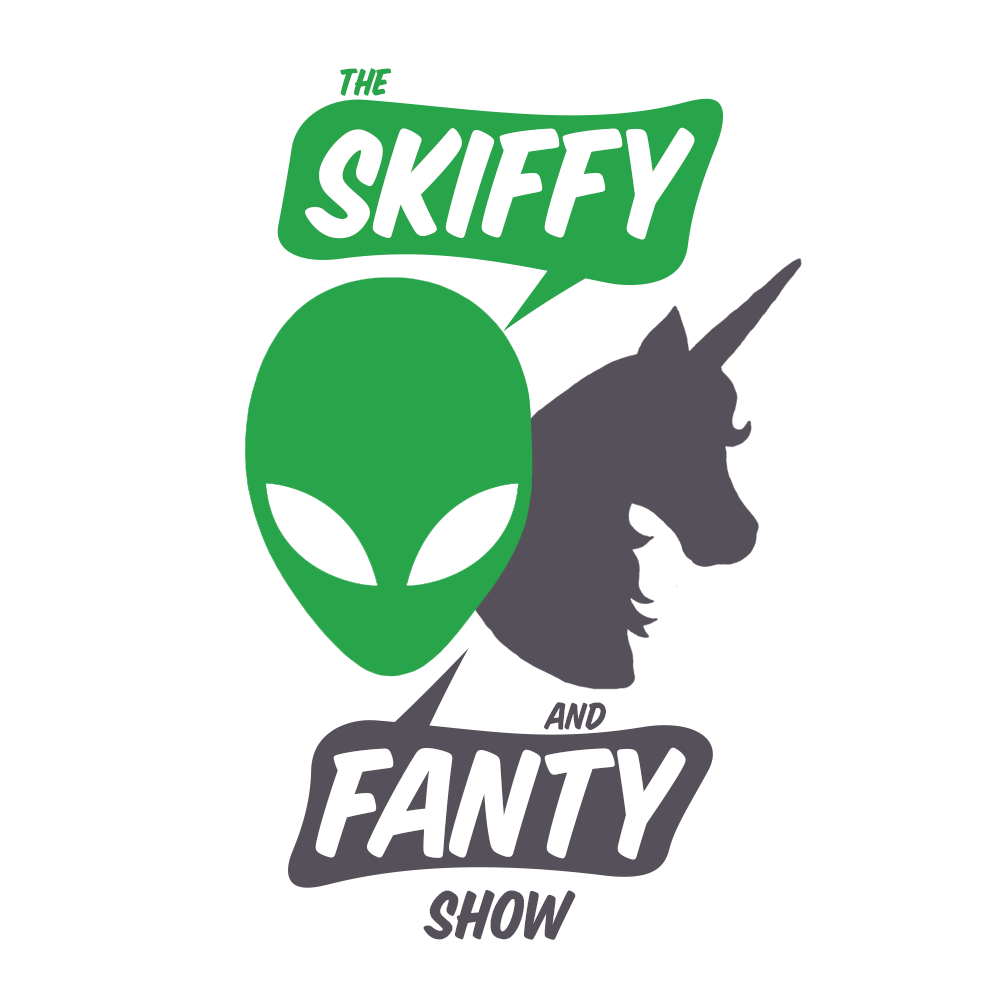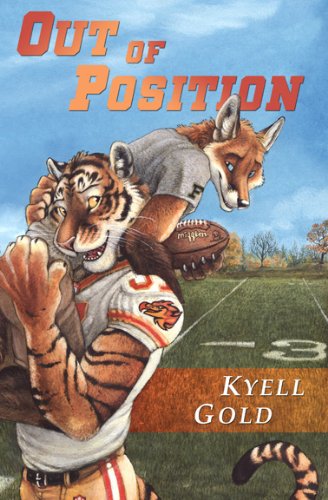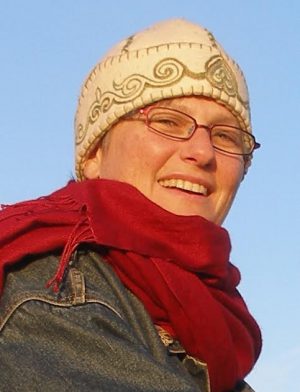Month of Joy: Kindred Spirits by Jason Sanford

Like all science fiction and fantasy fans, the spirits speak to me. They whisper with visions of impossible worlds and distant galaxies. They spin dreams of the future and past and even of times that never were. The spirits speak through stories and books, films and TV shows, comic books and video games. The spirits whisper in the words and creations of authors and artists and dreamers from around the world. And the spirits bring me joy.
Month of Joy: Connection and Collaboration by Julia Rios

I love it when people connect with each other to spread joy and love, to create new things that couldn’t exist with one person’s efforts alone, and to generally be awesome to each other. Here are a few examples that give me great joy: Star Wars Okay, so the world loves Star Wars. Many of us grew up with it. It’s a giant part of our global culture at this point. What I especially love in recent years is how much the creators are also the fans. Talking with Ken Liu about what Star Wars means to him when we interviewed him about The Legends of Luke Skywalker was excellent, but I think maybe the best example of this is Kelly Marie Tran, who played Rose in The Last Jedi. She’s a giant Star Wars fan who was super excited to be in the movie, and she’s done all kinds of awesome things like introducing herself to fans in a pub because she overheard them talking about her character. I love that so many people are excited about Star Wars. I love that this brings happiness to millions of people, and I especially love that it’s bringing people together.
Month of Joy: Furry Fandom Conquers with Love by Kyell Gold

There were a lot of things that brought me joy in 2017. N.K. Jemisin’s Broken Earth trilogy’s conclusion, Bojack Horseman, the movie Baby Driver, and WorldCon in Helsinki (with a side trip to Stockholm) were all wonderful parts of last year. In addition, my writing community and my furry community remained strong, positive parts of my life last year. I went to two writing retreats and taught at one workshop, and all of those were overwhelmingly joyful experiences. And, of course, my two partners and our dog brought me unending amounts of joy, as I’ve become accustomed to. I’d be happy to tell everyone about them, but I think I want to highlight a more unexpected source of joy (if not quite as much as my family): Furry Fandom vs. the Nazis.
“What I did on my Summer Vacation”, or how an accident caused me to be the 2017 DUFF Fan Fund representative.

One of the hats I’ve picked up and worn this year is to have been nominated and won the 2017 Down Under Fan Fund. As a result of that, I am currently the Fan Fund Administrator, and as a result I attended Lexicon and Continuum, the National Science Fiction conventions of New Zealand, and Australia, met fans and writers from the Antipodes, and got to see some of the countryside as well. But I sense you may have questions, and I am here to answer them. What’s a Fan Fund? Even in the early days of SF Fandom, fans communicated across the globe. A couple of fans pooled funds in the 1940s for some transatlantic exchanges between England and the US, bringing fans together, sharing our love of SF. These exchanges led to the formalization of the exchange, the Trans Atlantic Fan Fund (TAFF), in the 1950s. In alternating years, a fan travels from North America to Europe, and a fan travels from Europe to North America. The goal is to attend conventions, meet fans, and exchange knowledge and love of science fiction. In the days before the internet, where slow postal exchanges of fanzines meant that knowing what was happening on the other side of the Atlantic was a slow process, TAFF helped bring fans face to face.
Space Husbands!

People are totally in love with the idea of Space Husbands who are loving partners who share their lives together in almost telepathic sync, thank the Force. Perhaps we all want to find a partner who is just as loving as Baze or Chirrut.
Guest Post: Growing up in Fandom in the 1970s, by LJ Cohen

I’m not sure if this still holds true today, but if you came of age in the 1970s, were a strong early reader who had read through all the books specifically written for children, and you were lucky enough to have a sympathetic librarian, you’d be directed to the science fiction and fantasy shelves. At least that’s my story. The Heinlein juveniles had been published a decade before I was born, but they were the first genre books I read. From there, I found all the Lensman books — written even earlier! I may have only been 10 or 11 when I read these, but even then I was frustrated by the insistence that only one special, fierce woman — to be born in some far future — could be a Lensman. Lenses were objects of power that amplified the qualities within a person. The message I got was that girls, as a rule, didn’t deserve power and couldn’t wield power. That I didn’t deserve power; that I was wasn’t good enough. It angered me that girls weren’t the ones leaping up to explore the stars. Asimov’s Robot books fascinated me, but the only woman portrayed in them — Susan Calvin — was more robotic than the robots.

